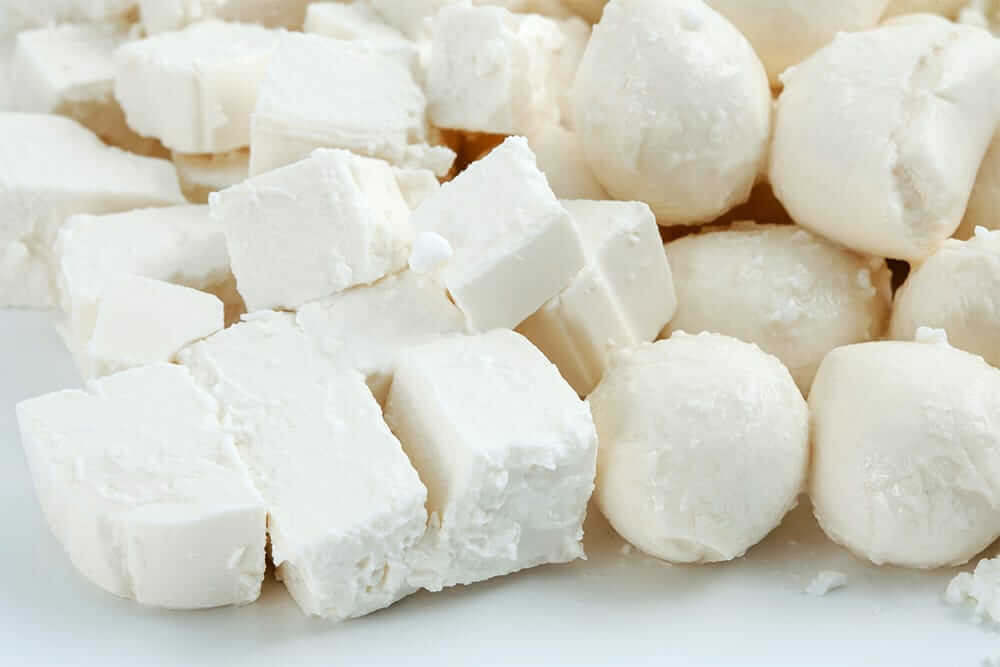making a cold room
Creating a Cold Room Considerations and Tips
In an era where energy efficiency and optimal temperature control have become paramount, creating a cold room—specifically designed to maintain cooler temperatures for various purposes—is a task that requires careful planning and execution. Whether for commercial use in a warehouse or simply for personal use, understanding the fundamentals of building a cold room is essential. This article explores the key aspects that go into crafting an effective and efficient cold room.
Purpose of the Cold Room
Before embarking on a project to build a cold room, it is crucial to define its purpose. Cold rooms can be used for a variety of applications, including food storage, pharmaceuticals, research, or simply as a wine cellar. Each application has different temperature and humidity requirements, which will influence the design and equipment used in the cold room.
Choosing a Location
The location of your cold room is vital for its effectiveness. Ideally, it should be situated in a cool, shaded area, away from direct sunlight and extreme temperature fluctuations. If the room is part of a larger facility, consider placing it near loading docks for easy access to loading and unloading goods. Accessibility to utilities like electricity and water should also be taken into account to facilitate the operation of cooling units and maintenance and sanitation processes.
Insulation
One of the most critical factors in building a cold room is insulation. The walls, ceiling, and floor must be insulated properly to minimize heat transfer and maintain a consistent internal temperature. Common materials used for insulation include polyurethane foam panels and polystyrene. The thickness of the insulation depends on your climate, but generally, thicker insulation is preferred in warmer areas. Sealing any gaps or cracks in the walls and doors will prevent warm air from entering the cold room, ensuring optimal performance.
Temperature Control Systems
Selecting the right refrigeration system is key to maintaining the desired temperature in your cold room. There are several types of cooling systems, including split systems, compact units, and walk-in freezers. Each comes with its set of advantages and potential drawbacks. For example, a split system might be more efficient for larger rooms but requires professional installation, whereas compact units can be easier to install but may not handle large volumes of product.
making a cold room

Additionally, integrating a reliable thermostat is essential for regulating temperature. A digital thermostat can allow for precise control and can be programmed to accommodate different temperature settings for different times of the day.
Humidity Control
Maintaining the appropriate humidity level is just as important as regulating temperature, especially when it comes to food preservation or storing sensitive materials. High humidity can lead to spoilage, mold growth, and other issues, while low humidity can cause certain products to dry out. Use dehumidifiers or humidistats to monitor and control humidity levels effectively.
Monitoring Systems
In a cold room, temperature and humidity fluctuations can mean disaster for perishable goods. Installing monitoring systems with alarms can alert you to any dangerous changes in conditions, ensuring that you can act quickly to prevent spoilage. Smart technology can offer remote monitoring capabilities, allowing for real-time data access via smartphones or computers.
Maintenance and Compliance
Regular maintenance is crucial for preventing breakdowns and ensuring that the cold room operates efficiently. Schedule routine checks on the refrigeration units, including cleaning the coils and checking the seals. Additionally, ensure compliance with any safety and health regulations that may apply to your cold room, especially if it is used for food storage. Understanding local codes and regulations will aid in maintaining standards and avoiding potential fines.
Conclusion
Building a cold room involves a multifaceted approach that addresses planning, insulation, temperature and humidity control, and ongoing maintenance. By comprehensively understanding your needs and the specifications required, you can create an efficient cold room that maintains optimal conditions for your goods. Whether for personal or commercial use, following these guidelines will ensure that your cold room remains a reliable asset for years to come.
















































































































